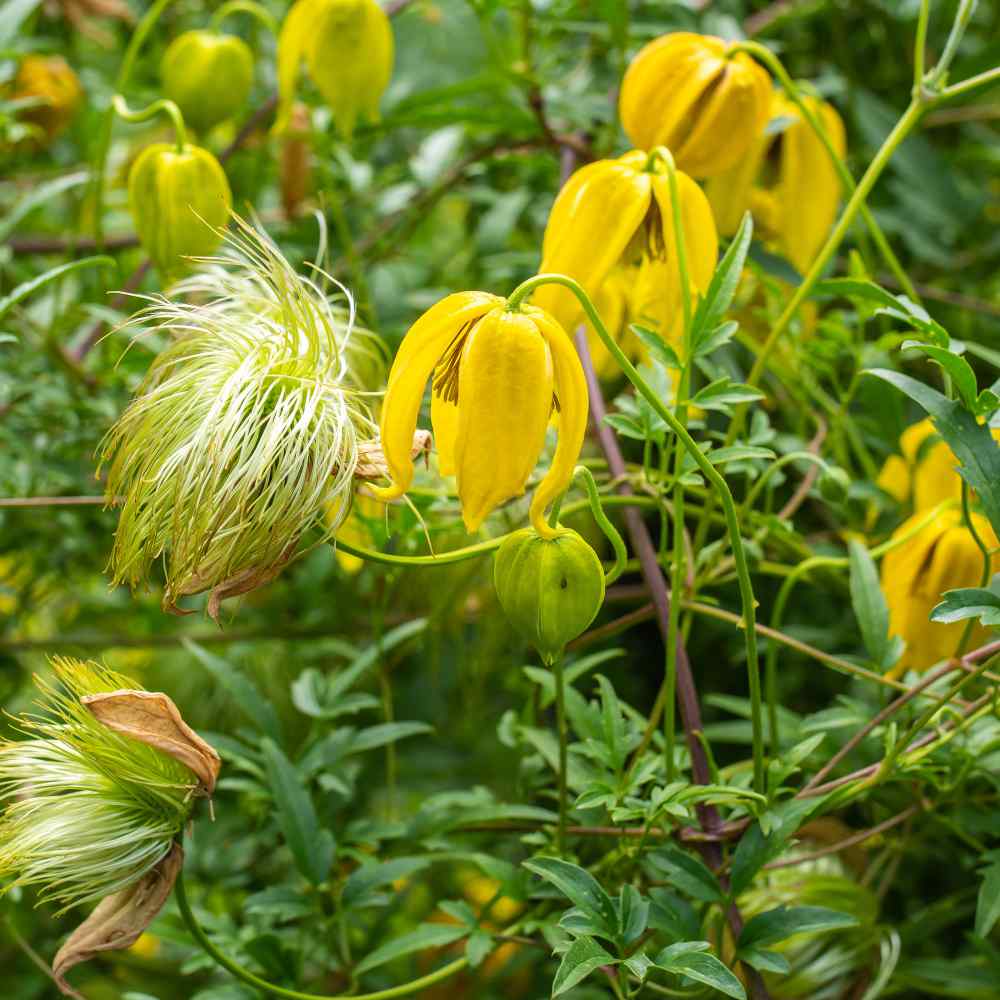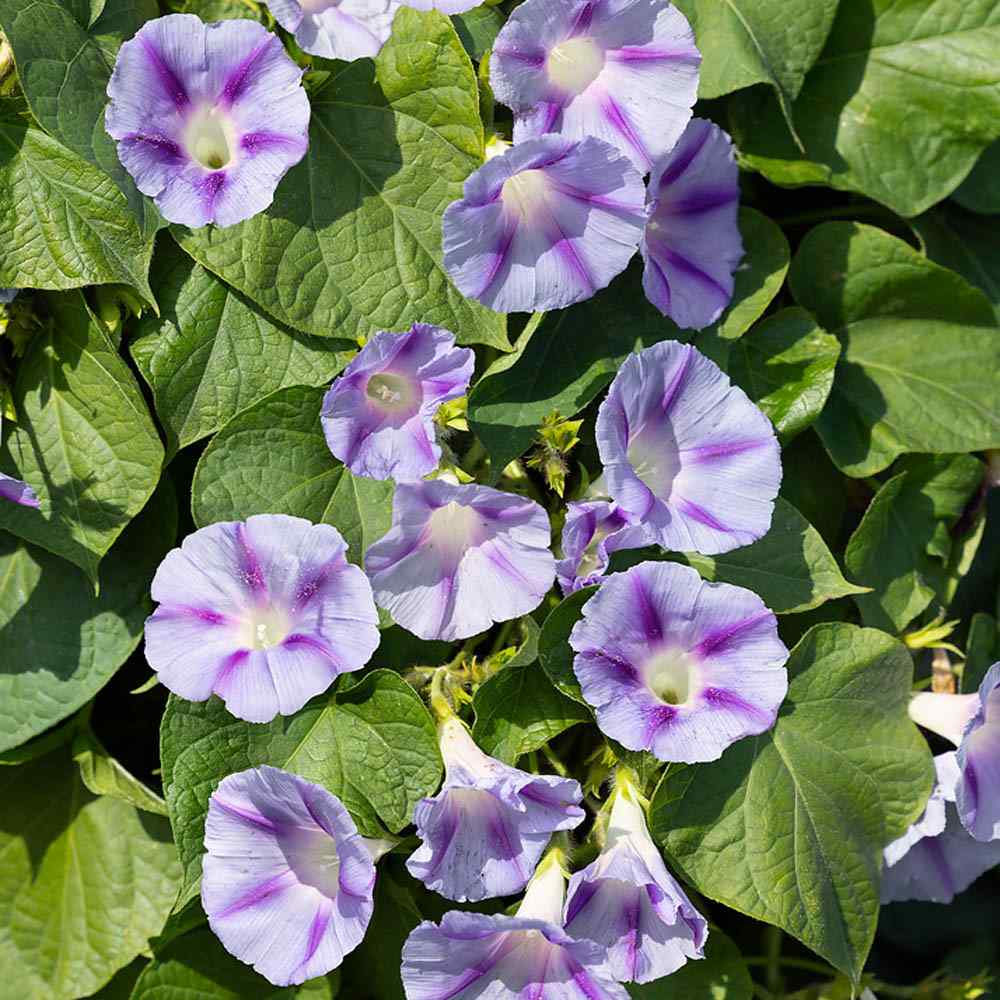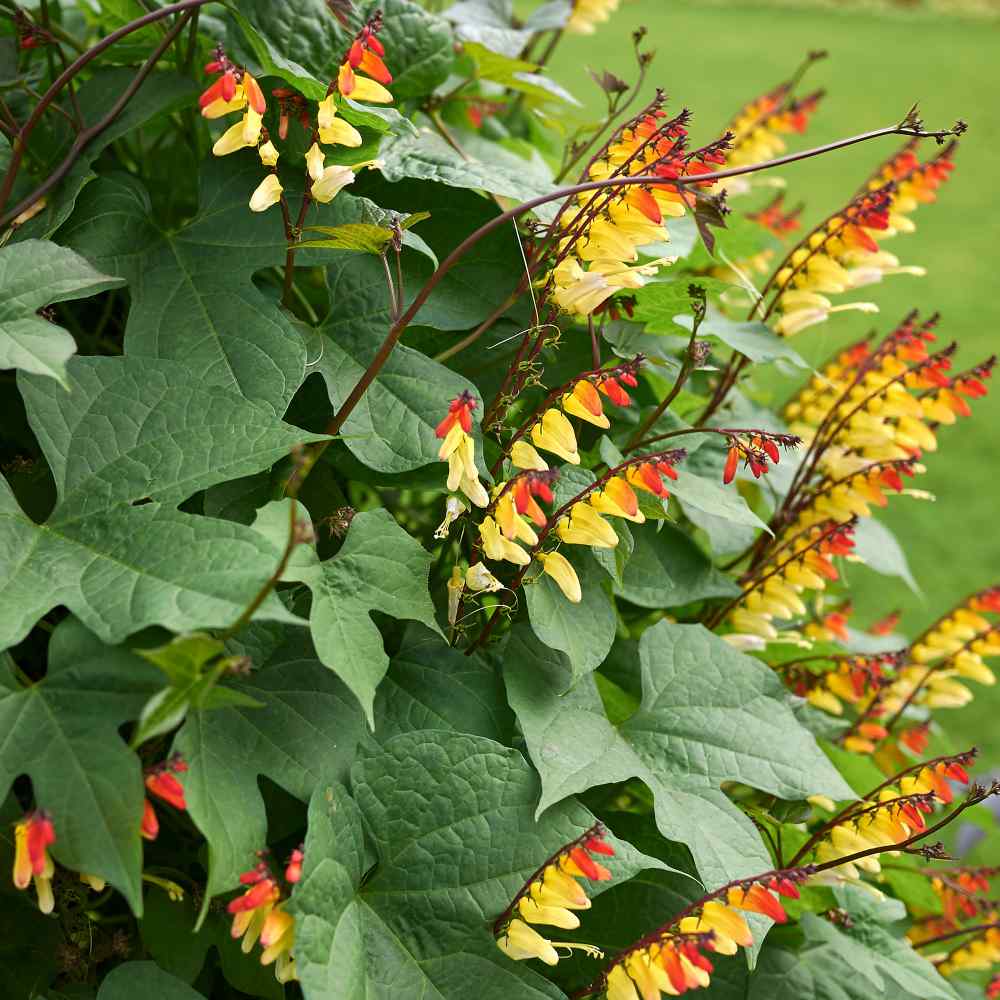
Clematis Planting and Care Guide
Quick Facts About Clematis
Clematis Tangutica is a long-lived climbing perennial that produces pleasant yellow flowers. It can reach a vining height of 12 feet or more, and brilliantly adorns trellises or other garden structures. Clematis plants generally can persist for over 25 years.
Planting Time
Prepped Clematis seeds (see under "How to Grow") can be started indoors 6-8 weeks before the end of frost season, or started directly outdoors after all frost danger has passed.

Planting Location
Clematis grows best in full sun, and should be planted in average to fertile soil that drains well.
How to Grow Clematis
- Clematis seeds need to be stratified to encourage germination. This can be done naturally by sowing the seeds in the fall and allowing winter to prep the seeds, or you can do this manually: first nick the seeds with sandpaper or a blade, then mix inside a plastic bag with soil. Place this bag in the fridge for 4-6 weeks. It can be helpful to then soak the seeds overnight before planting.
- If starting indoors for a jump on the growing season, sow seeds into trays or small pots filled with a sterile seed starter mix.
- If sowing directly outdoors, first prepare a seedbed by removing weeds and breaking up soil.
- Surface sow 5-6 seeds per plant, and barely cover with fine media.
- Place trays/pots in a warm, bright location, and keep seeds moist until germination. Under proper conditions, these seeds should germinate in 3-4 weeks.
- Once seedlings have several sets of true leaves and have grown a few inches, thin to strongest seedling and plant no less than 4 feet apart in the garden or individual pots after all frost danger has passed. It can be ideal to replant these seedlings into larger pots multiple times before transplanting outdoors.
- Before transplanting seedlings into the garden, it's essential to "harden them off". This involves acclimating young plants to outdoor conditions by placing them in a sheltered outdoor area for about a week. Initially, shield them from strong winds and direct sunlight. If there's a risk of frost overnight, either cover the plants or bring them indoors, then return them outside in the morning. This hardening off method helps strengthen the plant's cell structure, minimizing transplant shock and sun damage.
- As your Clematis plants grow, make sure to provide a trellis, wire frame, or a similar structure that they can climb. Be careful when adjusting these plants, as their stems are fragile.

Care And Maintenance
- Keep weeds under control during the growing season. Weeds compete with plants for water, space and nutrients, so control them by either cultivating often or use a mulch to prevent their seeds from germinating.
- Mulches play a vital role in preserving soil moisture and ensuring consistent soil temperatures. When it comes to annuals, using organic mulch made from shredded leaves not only enhances the appearance of the bed but also enriches the soil as it decomposes over time. Remember to keep mulch away from the plant stems to avoid potential rot issues.
- Clematis needs regular watering, especially before its established.
- Apply balanced fertilizer regularly, which stimulates the plant and encourages abundant blooms.
- Clematis Tangutica should be pruned in late winter or early spring, before new growth has emerged. Clematis can be slow to establish, and flowering ramps up after the first year or two.




































